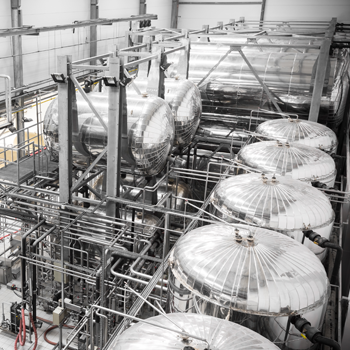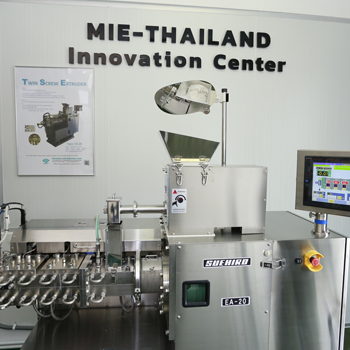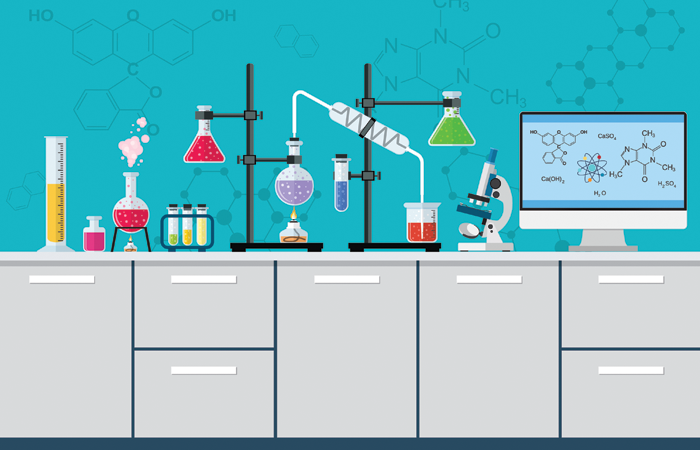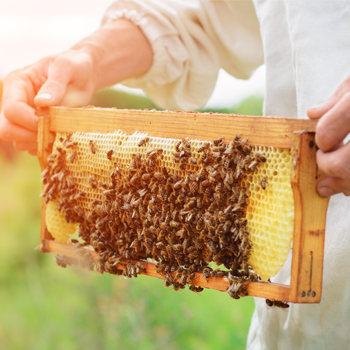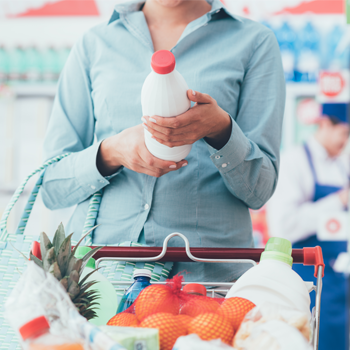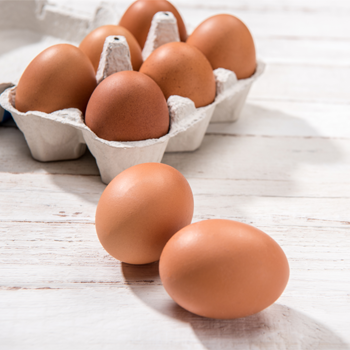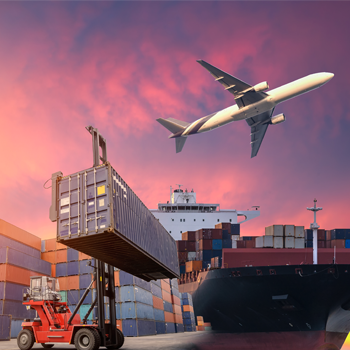การหลีกเลี่ยงการเสื่อมเสียของผลิตภัณฑ์ในระหว่างการจัดเก็บ
www.foodqualityandsafety.com
Translated by: Editorial Team
Food Focus Thailand Magazine
editor@foodfocusthailand.com
ในหลายๆ กระบวนการผลิตอาหารและเครื่องดื่มมีความต้องการจัดเก็บผลิตภัณฑ์ไว้ในถังจัดเก็บก่อนประมาณ 2-3 ชั่วโมง หรือ 2-3 วัน หรืออาจจะเป็นสัปดาห์ โดยจุดประสงค์ของการจัดเก็บอาจเพื่อการเก็บพักไว้ชั่วคราวก่อนที่จะบรรจุ หรือจัดเก็บในระยะยาวเพื่อรอให้เกิดปฏิกิริยาบางอย่าง เช่น การหมัก ซึ่งจำเป็นต้องพักไว้ให้เกิดปฏิกิริยาขึ้นก่อนที่จะดำเนินการในขั้นตอนต่อไป
ในขณะที่การจัดเก็บนั้นเป็นขั้นตอนที่สำคัญในกระบวนการผลิตอาหารและเครื่องดื่ม แต่ขั้นตอนดังกล่าวก็อาจมีแนวโน้มที่จะก่อให้เกิดความเสื่อมเสียได้หากผู้จัดการสายการผลิตไม่ทันได้ระมัดระวัง โดยเฉพาะเรื่องอากาศ หากไม่มีการป้องกันให้ดีแล้วอากาศซึ่งพกพาอนุภาคทั้งแบคทีเรีย ฝุ่นละออง เกสรดอกไม้ น้ำ ละอองน้ำมัน และไอระเหย ก็จะสามารถเข้าไปในถังจัดเก็บผลิตภัณฑ์และทำให้เกิดความเสื่อมเสียหรือปนเปื้อนของผลิตภัณฑ์ที่จัดเก็บได้
โดยทั่วไปวิธีการหลีกเลี่ยงการเสื่อมเสียของผลิตภัณฑ์และการปนเปื้อนในถังจัดเก็บสามารถทำได้ 3 วิธีการ คือ ติดตั้งระบบการปกคลุมด้วยก๊าซ ระบบเครื่องกรองอากาศ และระบบระบายอากาศแบบฆ่าเชื้อ
ในด้านค่าใช้จ่ายและข้อดีของวิธีการแก้ปัญหาเหล่านี้นั้นมีความแตกต่างกันอย่างมาก ดังนั้นจึงเป็นเรื่องสำคัญที่จะต้องเลือกใช้วิธีการที่เหมาะสม ลองพิจารณาเปรียบเทียบข้อดีและค่าใช้จ่ายที่เกี่ยวข้องในวิธีการดังต่อไปนี้
Many food and beverage manufacturing processes require a product to be stored in a holding tank for a few hours, days, or weeks. The purpose may be temporary storage before packaging, or longer-term storage where a reaction, such as fermenting, needs to occur before processing continues.
While storage is an important step in food and beverage manufacturing, it can be prone to spoilage unless plant managers take precautions. Without protection, air that harbors bacteria, dust, pollen, water, oil aerosols, and vapors can enter the tank and spoil or contaminate a product.
There are three commonplace methods for avoiding product spoilage and contamination in holding tanks: Tank blanketing; Sterile air box systems; and Sterile air tank venting.
The costs and advantages of these solutions vary widely, so it’s important to use them in appropriate circumstances. Let’s compare their relative benefits and costs.
